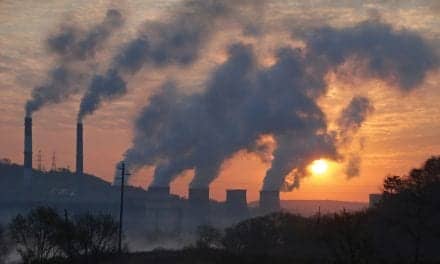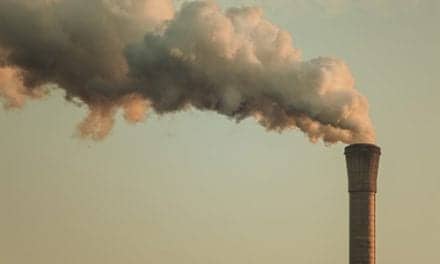In the first broad-scale estimate of air pollution removal by trees nationwide, US Forest Service scientists and collaborators calculated that trees save more than 850 human lives a year and prevent 670,000 incidents of acute respiratory symptoms.
While trees’ pollution removal equated to an average air quality improvement of less than 1%, the impacts of that improvement are substantial. Researchers valued the human health effects of the reduced air pollution at nearly $7 billion every year in a study published recently in the journal Environmental Pollution.
The study is unique in that it directly links the removal of air pollution with improved human health effects and associated health values. Researchers found that pollution removal is substantially higher in rural areas than urban areas, but the effects on human health are substantially greater in urban areas than rural areas.
“With more than 80 percent of Americans living in urban area, this research underscores how truly essential urban forests are to people across the nation,” said Michael T. Rains, director of the Forest Service’s Northern Research Station and the Forest Products Laboratory.
The study considered four pollutants for which the EPA has established air quality standards: nitrogen dioxide, ozone, sulfur dioxide, and particulate matter less than 2.5 microns (PM2.5) in aerodynamic diameter. Health effects related to air pollution include impacts on pulmonary, cardiac, vascular, and neurological systems. In the United States, approximately 130,000 PM2.5-related deaths and 4,700 ozone-related deaths in 2005 were attributed to air pollution.
Trees’ benefits vary with tree cover across the nation, which is estimated at 34.2% but varies from 2.6% in North Dakota to 88.9% in New Hampshire.
“In terms of impacts on human health, trees in urban areas are substantially more important than rural trees due to their proximity to people,” Nowak said. “We found that in general, the greater the tree cover, the greater the pollution removal, and the greater the removal and population density, the greater the value of human health benefits.”










